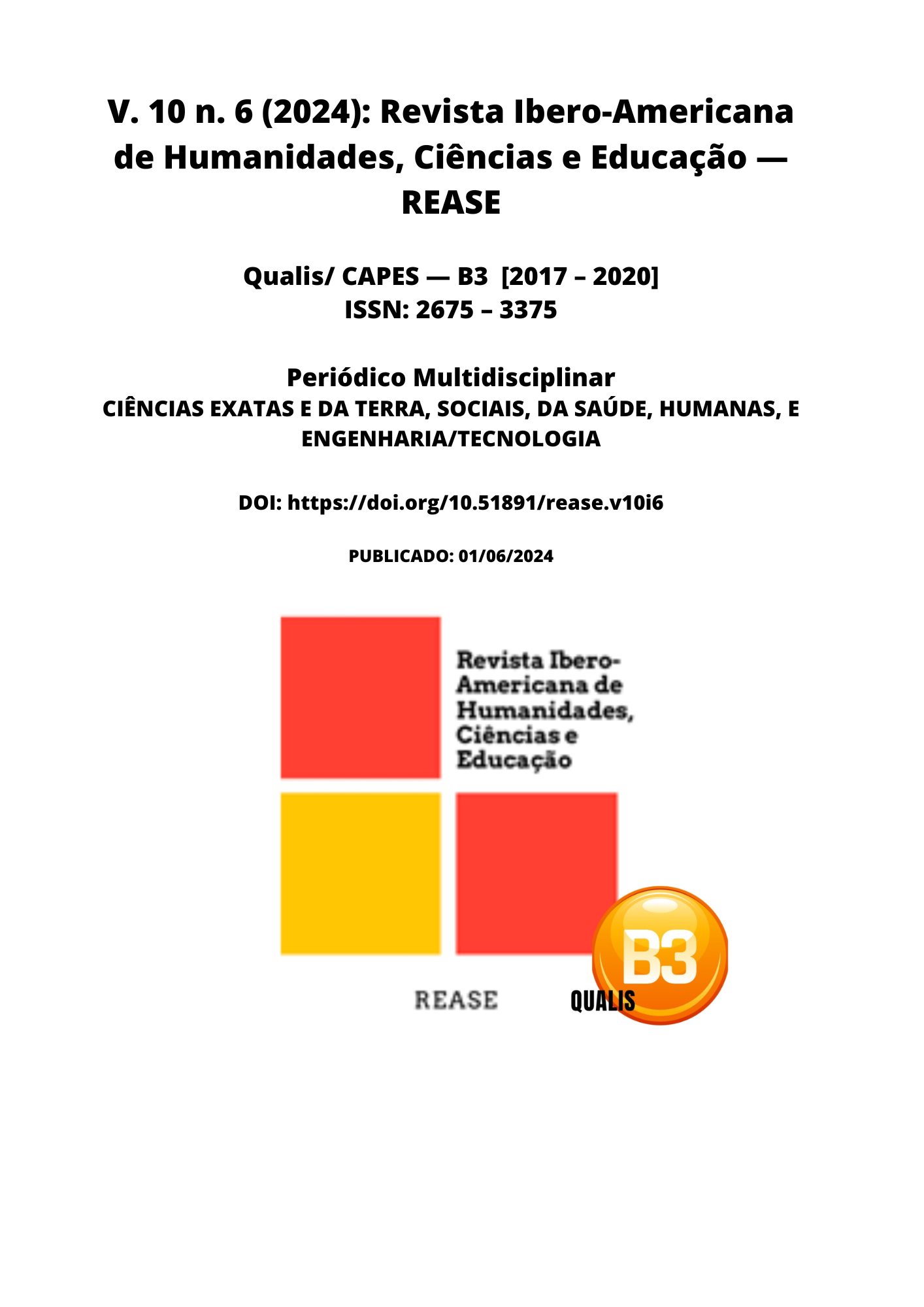DIAPHRAGMATIC HERNIA IN CHILDREN: THERAPEUTIC POSSIBILITIES
DOI:
https://doi.org/10.51891/rease.v10i6.14693Keywords:
Congenital diaphragmatic hernia. Pediatrics. Therapeutic options. Surgical management. Ventilatory support.Abstract
Congenital diaphragmatic hernia (CDH) is a rare and potentially fatal condition in newborns, characterized by the protrusion of abdominal organs into the thoracic cavity through a defect in the diaphragm. This anomaly compromises fetal lung development and can result in severe pulmonary hypoplasia and persistent pulmonary hypertension, conditions that challenge neonatal survival. Several therapeutic approaches have been explored to optimize clinical outcomes, including early surgical techniques, aggressive ventilatory support, and pharmacological therapies. Objective of systematic literature review: This study aims to systematically review recent literature on therapeutic modalities for CDH in children, highlighting effective interventions and comparing results of different approaches. Methodology: The review followed the guidelines of the PRISMA (Preferred Reporting Items for Systematic Reviews and Meta-Analyses) checklist. The search for articles was conducted in the PubMed, Scielo, and Web of Science databases, using the descriptors: "congenital diaphragmatic hernia", "pediatric", "therapeutic options", "surgical management", and "ventilatory support". Studies published in the last 10 years were included, prioritizing clinical trials, observational studies and systematic reviews. Inclusion criteria: Studies that investigated treatments for CDH in children, available in full text, in English, Spanish or Portuguese were included. Exclusion criteria: Studies unrelated to CDH, isolated case reports, and non-systematic reviews were excluded. Results: Key topics covered included modern surgical techniques such as fetal repair, ventilatory support strategies including ECMO (extracorporeal membrane oxygenation), and the use of pharmacological therapies to improve lung function. Conclusion: Analysis of the reviewed studies indicates that a multidisciplinary approach and early management are crucial to improving outcomes in children with CDH. Interventions that promote lung development and minimize persistent pulmonary hypertension have shown promise. However, more controlled studies are needed to validate these interventions and improve standard treatment protocols.
Downloads
Downloads
Published
How to Cite
Issue
Section
Categories
License
Atribuição CC BY

